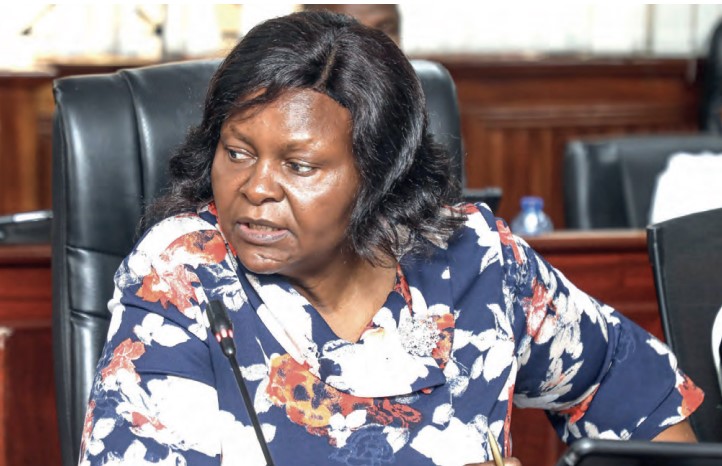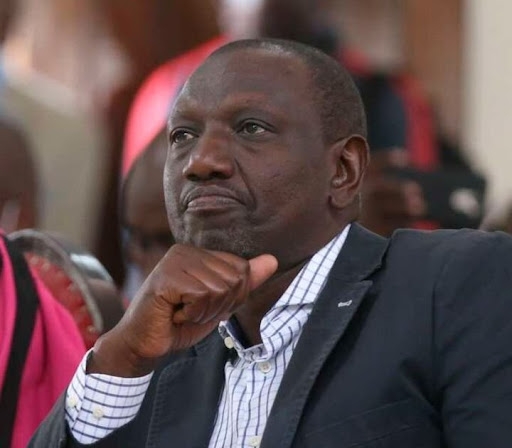
Developing the new revenue-sharing formula among counties has run into headwinds due to an acute cash crunch at the Commission on Revenue Allocation.
CRA chairperson Mary Wanyonyi said the commission needs Sh30 million to complete its engagements on the fourth-generation formula.
"For the purpose of the fourth basis, we are looking at not more than Sh30 million at the moment,” she said during an interview with the Star.
The development comes after Parliament slashed the commission’s budget to Sh366 million from Sh516 million following the withdrawal of the Finance Bill.
The move, Wanyonyi said, has triggered a cash crisis and affected crucial operations of the commission charged with among others, development of the revenue formula.
“Basically, nine per cent of our budget is what is left for our programmes, which is our mandate. Otherwise, we will just be going to work to earn salaries,” she said.
According to Wanyonyi, 65 per cent of the commission’s budget is dedicated to personnel emolument, nine per cent goes to programmes and the rest to maintenance and operations.
“I cannot tell you (when we shall complete the formula) because we are short of resources. We are hoping to get some resources from the National Treasury,” Wanyonyi said.
The new framework will dictate revenue sharing among the counties for five years, from 2025-26 to 2029- 30. Wanyonyi said the commission targeted to submit its final formula to the Senate in July but this has not happened due to lack of funds.
“For us to be able to engage widely, we need to have some resources. Our budget was cut as was with everybody else’s,” she said.
In September, the commission released a draft formula after months of meeting stakeholders including the Council of Governors. Yesterday, Wanyonyi said the commission received ‘diverse and interesting’ feedback that requires further engagements before putting together the final formula.
“Our wish was by the end of July. We should have given the country a formula,” the CRA chair said.
Once submitted, the Senate is required to consider and refine the formula before approving it by December to inform the revenue share in the next fiscal year.
In the draft formula, the commission gave the population a key factor in determining counties’ share of revenue. In the proposed formula seen by the Star, the commission fronted six guidelines from the current eight and varied weights for some.
CRA has retained the population index and assigned it the biggest weight – at 36 per cent – among the six. In the current formula, the population weighs 18 per cent.
The move triggered an uproar from leaders from less populous counties.
On geographical size, which is the other emotive parameter, CRA has attached a weight of 10 per cent from the current eight per cent.
This has also upset some leaders who have demanded that the geographical size include water bodies.
In the guidelines, CRA has retained the basic share but varied the weight from the current 20 per cent to 26 per cent.
“The basis is informed by the fact that a number of expenditures on the establishment of government are, to some extent, similar for all county governments,” it says.
The roads index reduced to four per cent from eight per cent.
“The road measure is defined by the county’s classified road network (both paved and unpaved). It is based on the classification of roads assigned to county governments,” CRA says.
“The basis uses the poverty
headcount. This is used to address
developmental gaps in line with
Article 203.”








